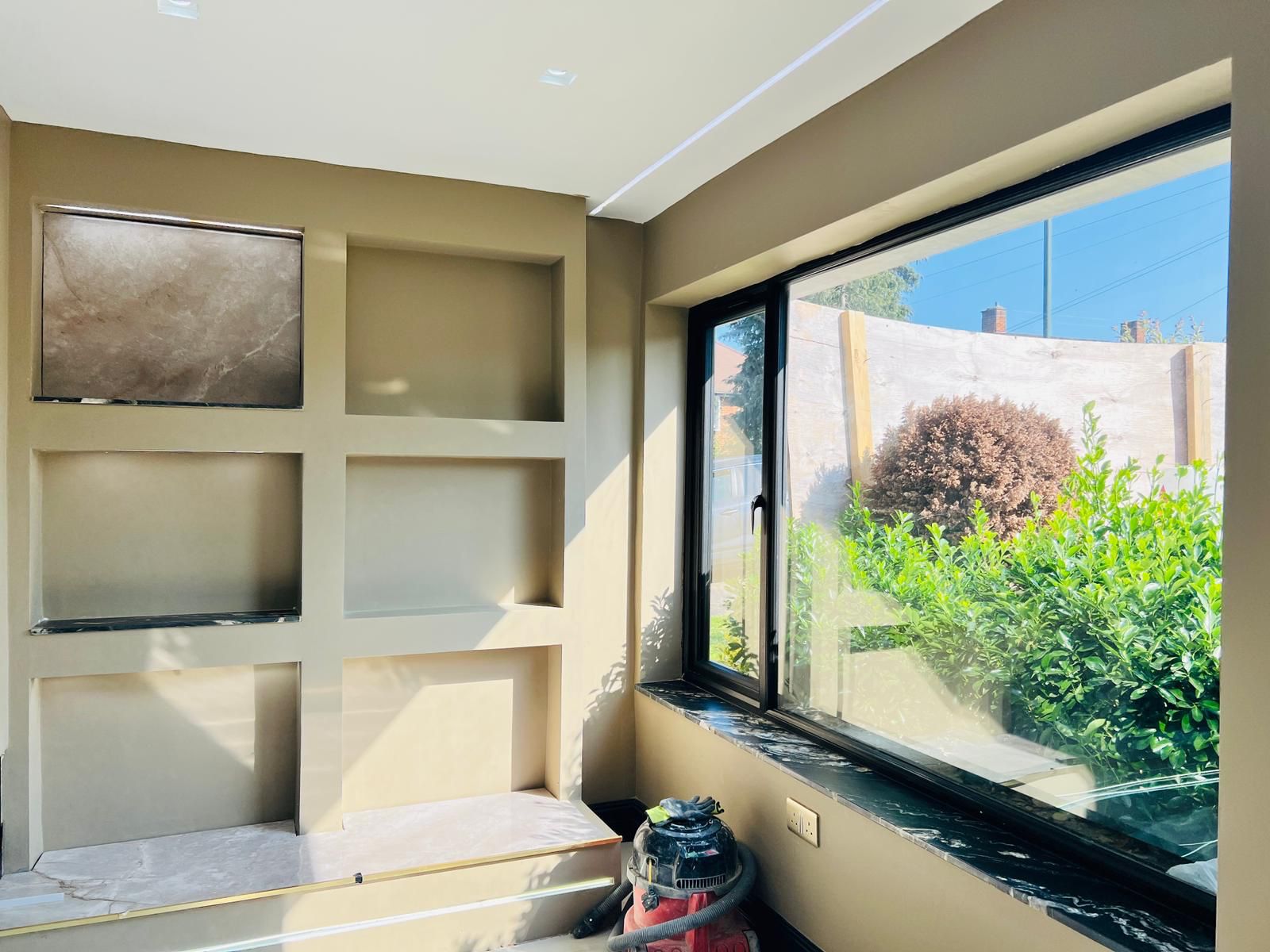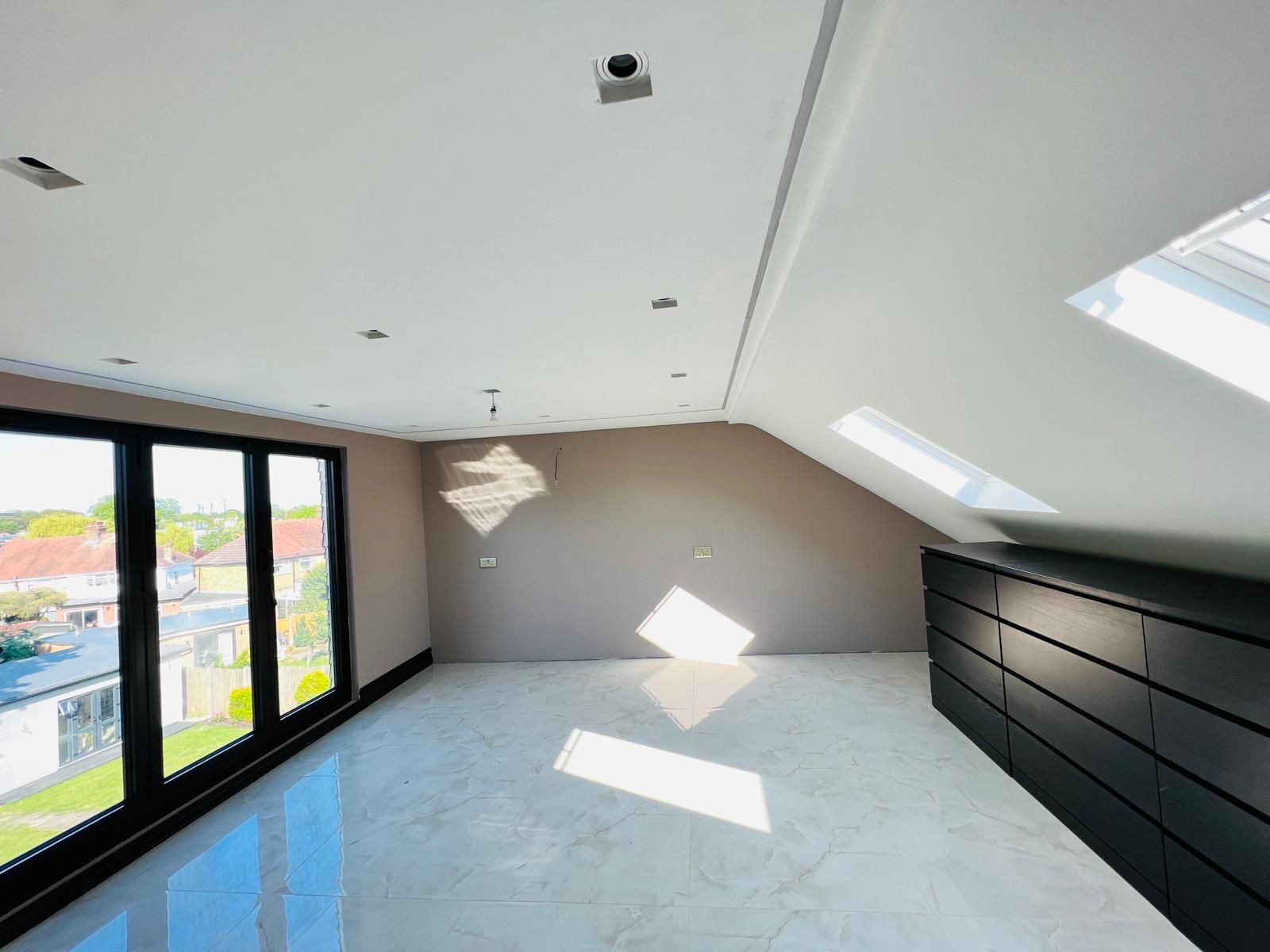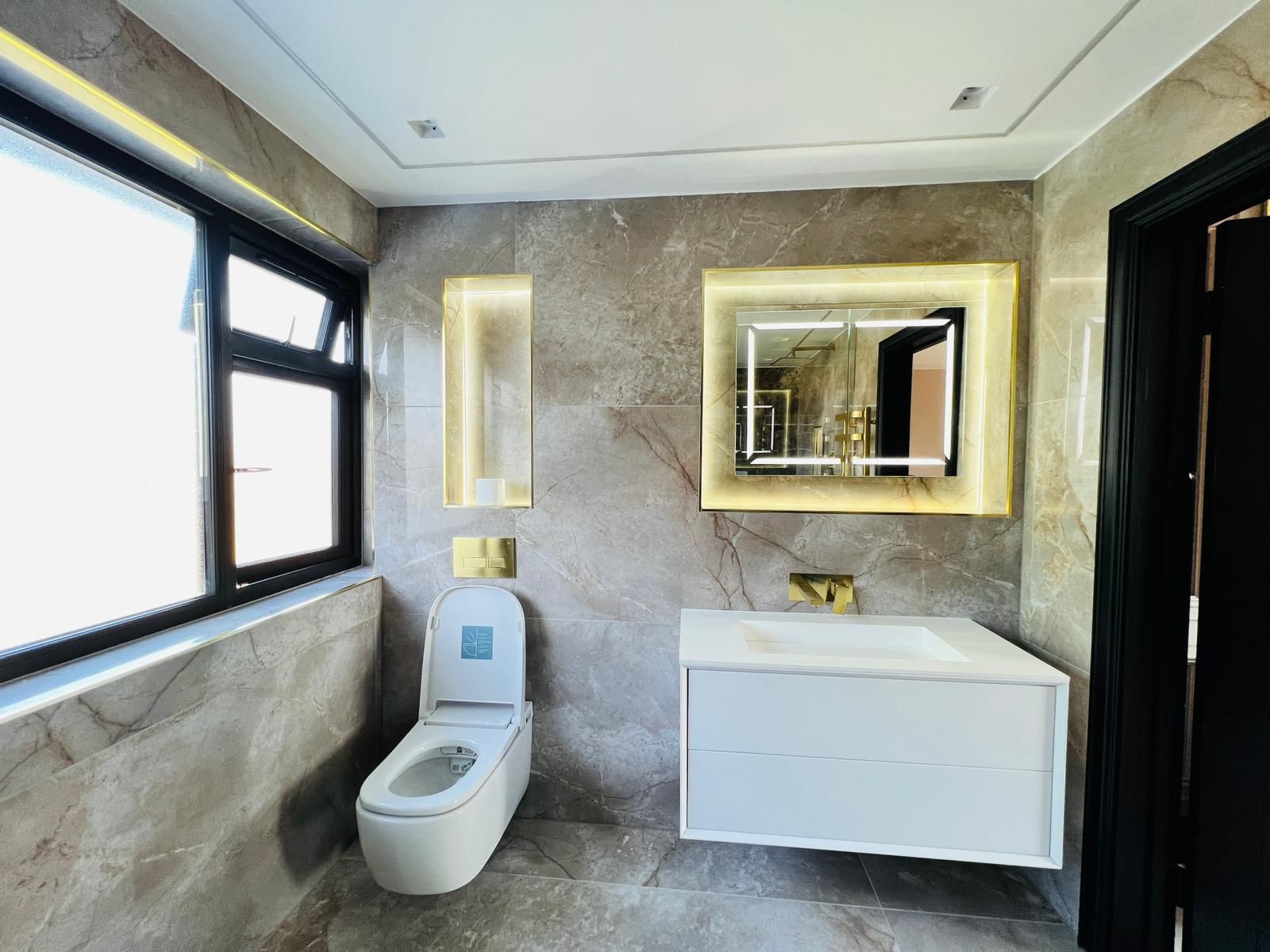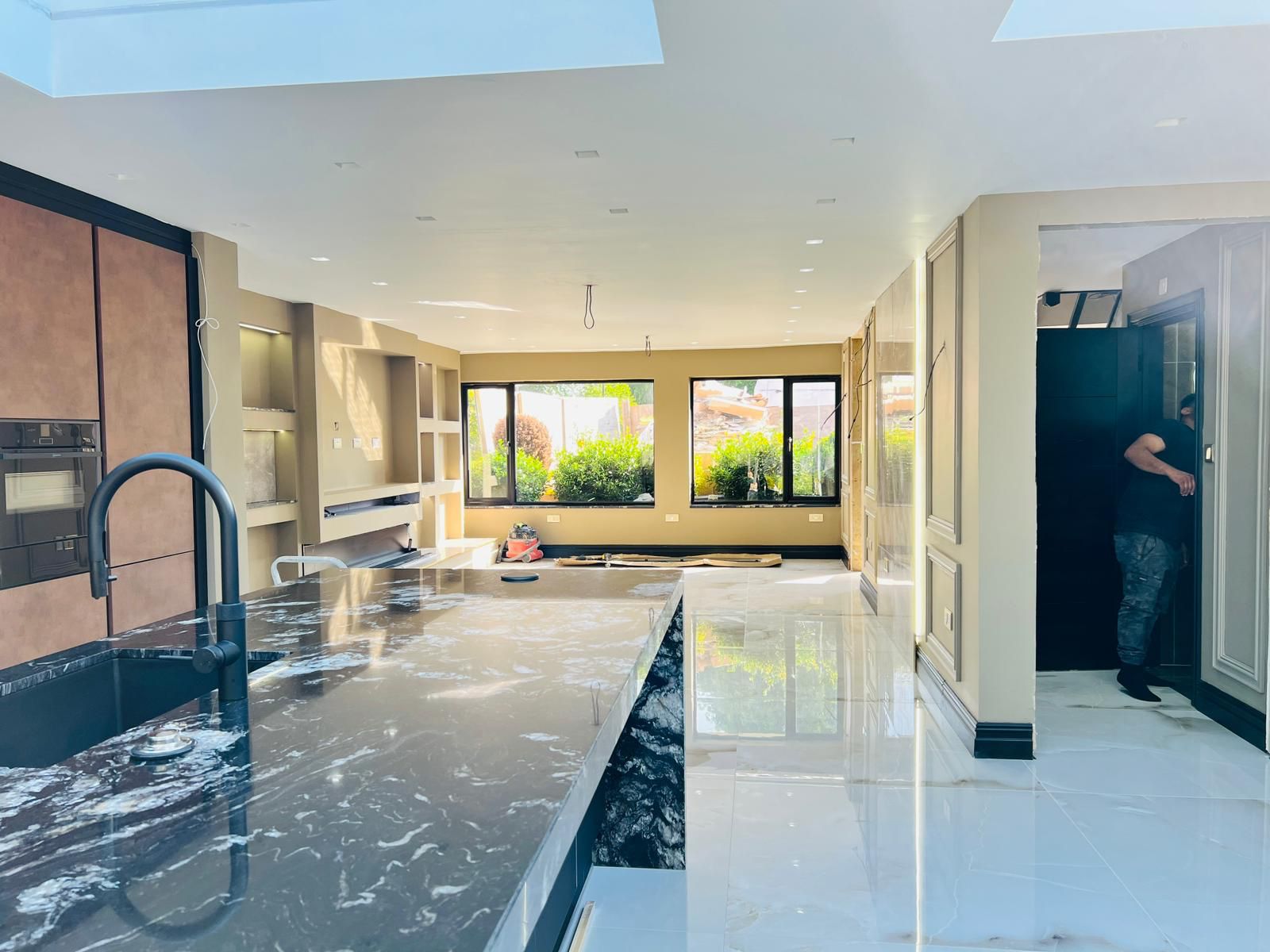The art and science of improving a interior design to make it more aesthetically beautiful, practical, and peaceful for its users is known as interior design. It entails picking materials, hues, furnishings, lighting, and décor with care, making sure that everything fits the residents’ unique requirements, tastes, and way of life.
Interior Design Components:
1. Space: A key component of interior design knows how to make the most of the available space. In order to arrange furniture and décor, designers evaluate the size, shape, and balance of a space. Planning your space will provide maximum functionality without crowding or unused space.
2. Balance: This is the harmony that is produced visually when furniture, colour, and patterns are dispersed equally throughout a space.
o Symmetrical: Mirror images of the same things around a central point.
o Asymmetrical: Various but comparable objects are grouped together to provide visual weight without precise repetition.
o Radial: Components are grouped around the main focus point.
3. Colour: Colours elicit feelings and establish the tone of the room. Colour theory is used by designers to establish a palette that enhances the room’s atmosphere and functionality. Cool tones (blues, greens) soothe and relax, while warm tones (reds, oranges) energise.
4. Lighting: A room’s mood and functionality are influenced by its lighting. It is frequently layered and can be either manufactured or natural:
o Ambient lighting: The overall illumination in the space.
o Task lighting: Used for particular activities, such as cooking in the kitchen or reading.
o Accent lighting: To draw attention to particular elements, including artwork or architectural details.
5. Texture: Texture gives a space depth and appeal. Rougher textures, like wood or fabrics, offer warmth and comfort, while smoother, reflective materials, like glass or metal, give a space a sleek, contemporary vibe.
6. Furniture: A key component of home design is choosing and positioning furniture. In addition to fitting the available area, it must also fulfil its intended function, facilitate traffic movement, and convey the desired aesthetic—be it classic, eclectic, or minimalist.






